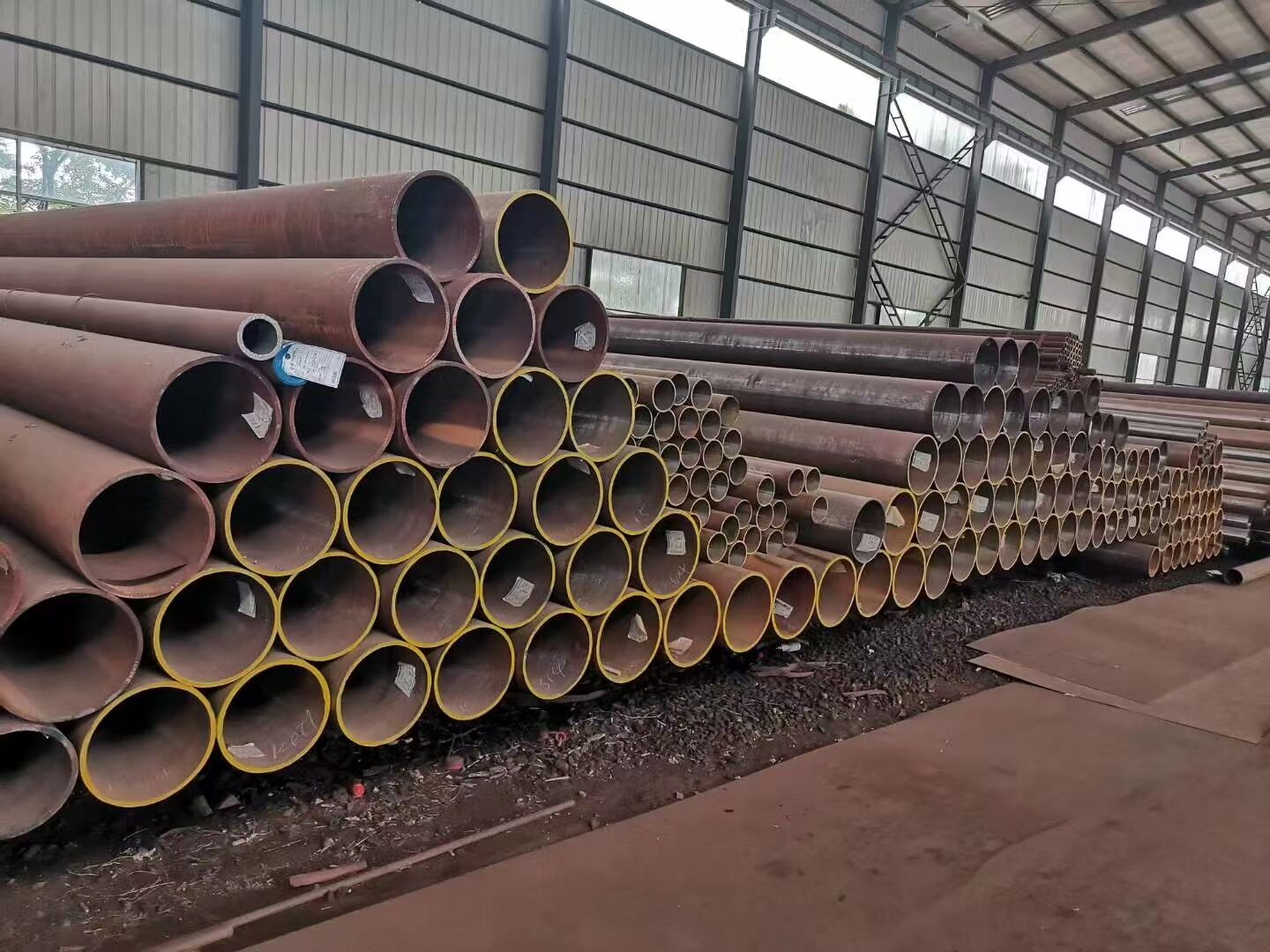Understanding the Revolution in Modern Steel Manufacturing
High strength steel has emerged as a cornerstone material in modern engineering and construction, fundamentally transforming how we build everything from skyscrapers to automobiles. This remarkable material combines exceptional durability with surprising versatility, making it an invaluable resource across numerous industries. As we delve into its remarkable properties and applications, we'll discover why high strength steel continues to shape our technological future.

Essential Properties and Characteristics
Superior Tensile Strength and Durability
The defining characteristic of high strength steel lies in its exceptional tensile strength, typically exceeding 550 MPa. This remarkable strength-to-weight ratio enables engineers to design structures that are both robust and lightweight. The material achieves this through carefully controlled alloying elements and sophisticated heat treatment processes, resulting in a microstructure that resists deformation while maintaining structural integrity under extreme conditions.
Moreover, high strength steel exhibits outstanding fatigue resistance, crucial for applications involving repeated stress cycles. This property ensures extended service life and reduced maintenance requirements, making it particularly valuable in infrastructure projects and heavy machinery manufacturing.
Weight Reduction Capabilities
One of the most significant advantages of high strength steel is its ability to deliver superior performance while using less material. Engineers can achieve the same structural requirements with thinner sections, resulting in substantial weight savings of up to 20-30% compared to conventional steel grades. This weight reduction translates directly into improved fuel efficiency in vehicles and reduced foundation requirements in construction projects.
The material's excellent strength-to-thickness ratio also enables more efficient space utilization in confined areas, opening new possibilities in architectural design and industrial applications. This characteristic has proven particularly valuable in urban construction where space optimization is crucial.
Industrial Applications and Benefits
Automotive Sector Implementation
The automotive industry has embraced high strength steel as a key component in modern vehicle design. Manufacturers utilize this material extensively in safety-critical components such as B-pillars, roof rails, and crash zones. The material's ability to absorb impact energy while maintaining structural integrity has revolutionized vehicle safety standards.
Beyond safety considerations, the use of high strength steel in automotive applications has contributed significantly to improved fuel efficiency and reduced emissions. By enabling lighter vehicle designs without compromising strength, manufacturers can meet increasingly stringent environmental regulations while enhancing performance.
Construction and Infrastructure Development
In the construction sector, high strength steel has enabled the realization of increasingly ambitious architectural projects. Skyscrapers can now reach greater heights while maintaining smaller footprints, thanks to the material's superior load-bearing capabilities. Bridge designers utilize these advanced steel grades to span longer distances with fewer support structures, reducing both construction costs and environmental impact.
The material's durability in harsh environments has made it particularly valuable in infrastructure projects exposed to severe weather conditions. From offshore platforms to highway bridges, high strength steel provides extended service life and reduced maintenance requirements, delivering significant long-term cost benefits.
Environmental and Economic Impacts
Sustainability Advantages
The environmental benefits of high strength steel extend beyond its immediate applications. The reduced material requirement leads to lower energy consumption during production and transportation. Additionally, the material's excellent recyclability aligns with circular economy principles, as it can be repurposed multiple times without significant degradation in properties.
The manufacturing process of high strength steel has also evolved to become more environmentally conscious, with modern facilities implementing advanced emission control systems and energy-efficient production methods. This commitment to sustainability helps industries meet their environmental responsibilities while maintaining economic viability.
Cost-Effectiveness Analysis
While the initial cost of high strength steel may be higher than conventional grades, the long-term economic benefits often justify the investment. The reduced material usage, lower transportation costs, and decreased maintenance requirements contribute to significant lifecycle cost savings. Projects utilizing high strength steel typically report overall cost reductions of 15-25% when considering the entire service life.
The material's durability also means fewer replacements and repairs, reducing both direct costs and operational disruptions. This advantage is particularly valuable in infrastructure projects where maintenance accessibility can be challenging and costly.
Future Trends and Innovations
Advanced Manufacturing Technologies
The future of high strength steel production looks promising with emerging technologies enabling even better performance characteristics. Innovations in heat treatment processes and alloy compositions are pushing the boundaries of what's possible with steel. Research institutions and manufacturers are developing new grades that combine ultra-high strength with improved formability and weldability.
Digital manufacturing technologies, including artificial intelligence and machine learning, are optimizing production processes and quality control. These advancements ensure more consistent properties and reduced defect rates, further enhancing the material's reliability and performance.
Emerging Applications
New applications for high strength steel continue to emerge across various sectors. The renewable energy sector, particularly wind turbine manufacturing, is increasingly adopting these materials for larger and more efficient designs. The aerospace industry is exploring applications in landing gear components and structural elements where weight reduction is crucial.
The material's potential in additive manufacturing is also being investigated, opening possibilities for complex geometries and optimized designs that were previously impossible to produce. These developments suggest an expanding role for high strength steel in future technological innovations.
Frequently Asked Questions
What makes high strength steel different from regular steel?
High strength steel possesses significantly higher tensile strength and yield strength compared to conventional steel grades. This is achieved through careful control of chemical composition and sophisticated processing techniques, resulting in superior mechanical properties while maintaining good formability and weldability.
How does high strength steel contribute to sustainability?
High strength steel promotes sustainability through reduced material usage, lower energy consumption in manufacturing and transportation, and excellent recyclability. Its durability also means fewer replacements and less maintenance over time, contributing to a smaller environmental footprint.
What are the main challenges when working with high strength steel?
The primary challenges include higher initial material costs, specialized welding requirements, and the need for specific forming techniques. However, these challenges are typically offset by the material's superior performance and long-term cost benefits when properly implemented in designs.
Can high strength steel be recycled like regular steel?
Yes, high strength steel is fully recyclable and can be reprocessed multiple times without significant loss of properties. This characteristic makes it an environmentally responsible choice for sustainable construction and manufacturing projects.


